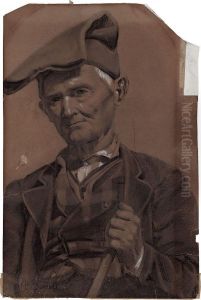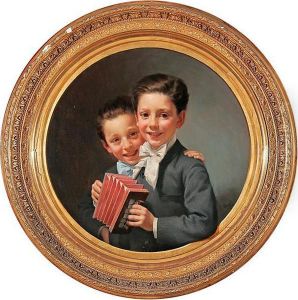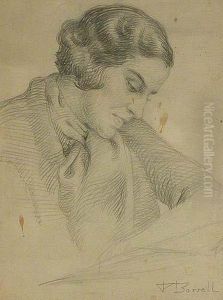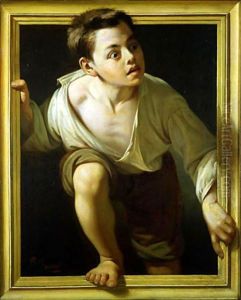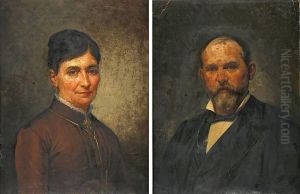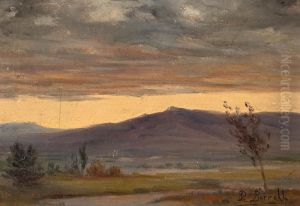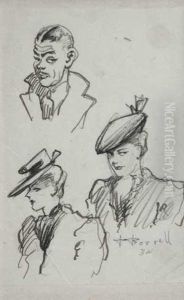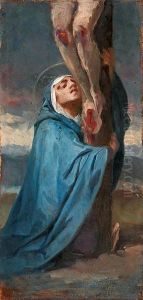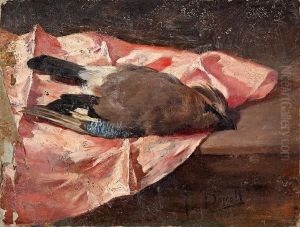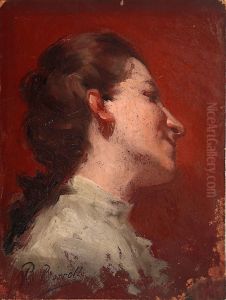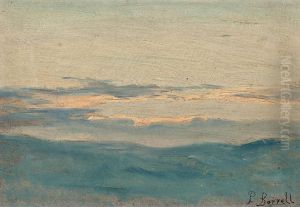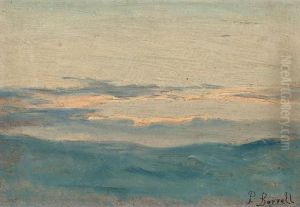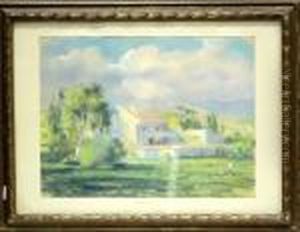Pere Borrell del Caso Paintings
Pere Borrell del Caso was a distinguished Spanish painter, renowned for his skills in trompe-l'œil and his contributions to the Realist movement of the 19th century. Born in Puigcerdà, Spain, on December 13, 1835, Borrell emerged from humble beginnings to become one of the most celebrated artists of his time. His work is characterized by meticulous attention to detail and a commitment to depicting subjects with stark realism.
Borrell's journey into the art world began with his apprenticeship under a local painter, which laid the foundation for his technical skills. He later moved to Barcelona, where he furthered his education and was exposed to the thriving Catalan art scene. It was during this period that Borrell developed his distinctive style, which would later earn him widespread acclaim.
One of Borrell's most famous works, 'Escaping Criticism' (1874), exemplifies his mastery of trompe-l'œil, a technique that uses realistic imagery to create the optical illusion that depicted objects exist in three dimensions. This painting, which portrays a boy climbing out of a framed painting, has been interpreted as a commentary on the artist's desire to transcend the constraints of the canvas and the critical scrutiny of the art world.
Throughout his career, Borrell del Caso remained deeply committed to realism, often choosing subjects that reflected the social realities of his time. His works provide a window into the 19th-century life, with a particular focus on the experiences of the working class and the impoverished. Despite his success, he also dedicated himself to education, teaching at the Escola de la Llotja in Barcelona, where he influenced the next generation of Catalan artists.
Pere Borrell del Caso passed away on May 9, 1910, in Barcelona. His legacy is preserved in his contributions to Realism and trompe-l'œil, and his works continue to be celebrated for their technical proficiency and their poignant exploration of social themes. Borrell del Caso's art remains a significant part of Spain's cultural heritage, illustrating the power of visual art to capture and critique the nuances of human experience.
